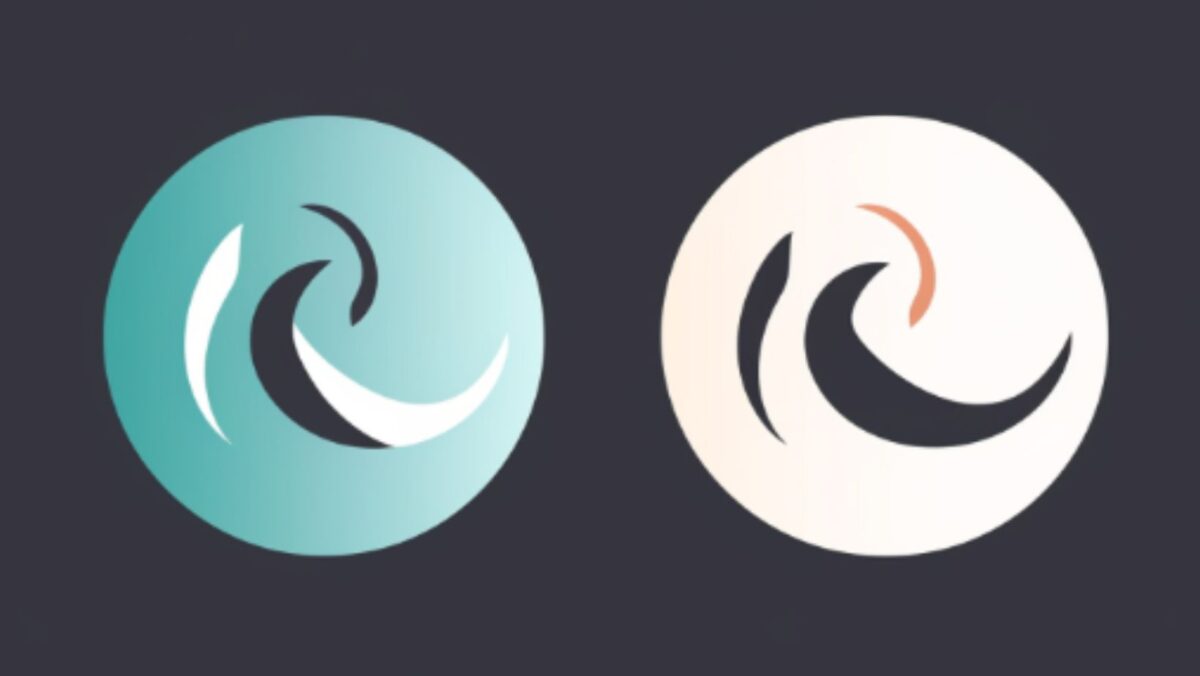In today’s digital age, a logo is more than just a visual representation of a brand; it’s a crucial element that defines its identity. With the proliferation of online businesses and the ever-growing need for a strong online presence, creating a compelling logo has become paramount. Fortunately, innovative tools have emerged to facilitate the logo design process, revolutionizing the way we approach branding. We believe that a great logo design speaks volumes about your business.
AI-powered Logo Generators
Artificial Intelligence (AI) has permeated various sectors, and graphic design is no exception. AI-powered logo generators are at the forefront of this revolution, offering businesses and individuals the ability to generate logos quickly and effortlessly. These tools employ machine learning algorithms to understand design preferences and generate logos based on the provided information.
One notable example is OpenAI’s “DALL·E,” a neural network capable of generating images from textual descriptions. By simply describing the desired logo, users can receive a range of creative options, providing a unique starting point for their branding journey. Powered by AI innovation, Turbologo’s logo generator acts as a virtual collaborator, proposing designs that seamlessly align with user preferences and creative vision.
User-Friendly Graphic Design Software
Traditionally, graphic design required specialized skills and software expertise. However, modern graphic design tools have democratized the process, allowing individuals with limited design experience to create professional-quality logos. Software like Adobe Spark, Canva, and Figma provide intuitive interfaces, pre-designed templates, and a vast library of elements to choose from. This empowers users to experiment, iterate, and refine their logo designs until they achieve the desired result.
Virtual Reality (VR) and Augmented Reality (AR)
The integration of VR and AR technologies into logo design is pushing the boundaries of creativity. These immersive technologies enable designers to interact with logos in three-dimensional space, providing a unique perspective on how the logo will appear in real-world environments.

By simulating how a logo might look on a physical storefront, packaging, or in a virtual landscape, designers can make more informed decisions about its aesthetics and impact.
Gamification of Logo Design
Gamification is changing the way designers approach logo creation. Platforms like DesignCrowd and 99designs have introduced crowdsourcing models where designers compete to create the best logo based on a brief provided by the client. This not only generates a wide range of creative options but also allows businesses to tap into a global pool of talent, ensuring a diverse and innovative array of designs.
Advanced Color Palette Generators
Color psychology plays a crucial role in branding, as colors evoke emotions and convey messages. Advanced color palette generators, such as Coolors and Adobe Color Wheel, leverage algorithms to suggest harmonious color combinations. These tools help designers make informed choices, ensuring that the chosen colors resonate with the brand’s identity and target audience.
Dynamic Logo Systems
With the rise of digital platforms and dynamic content, static logos are evolving into dynamic logo systems. These systems adapt and change in response to different contexts, providing a more versatile and engaging brand experience. Tools like SVG animations and CSS animations enable designers to create logos that respond to user interactions, enhancing brand engagement across various digital touchpoints.

In conclusion, the landscape of logo design is undergoing a transformative shift driven by innovative tools and technologies. AI-powered generators, user-friendly design software, VR/AR integration, gamification, advanced color palette generators, and dynamic logo systems are redefining the way we approach branding. By harnessing these tools, businesses can create logos that not only captivate audiences but also leave a lasting impression in an increasingly competitive digital landscape.

